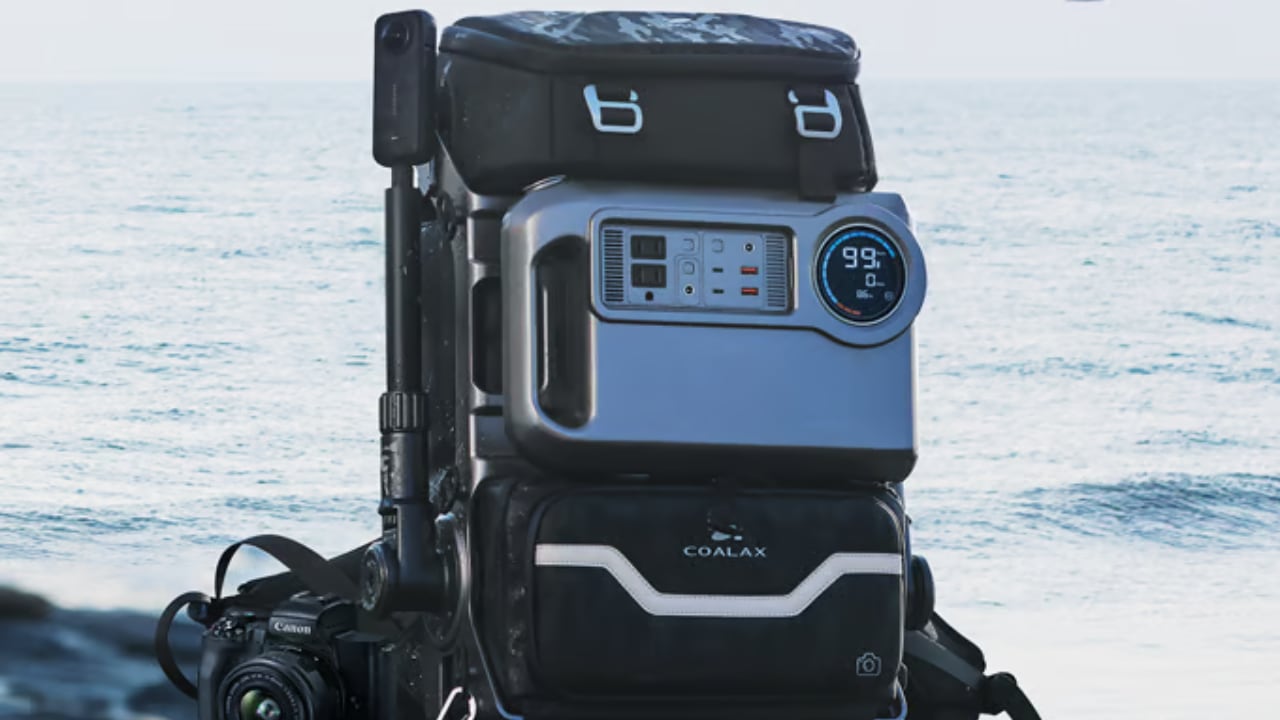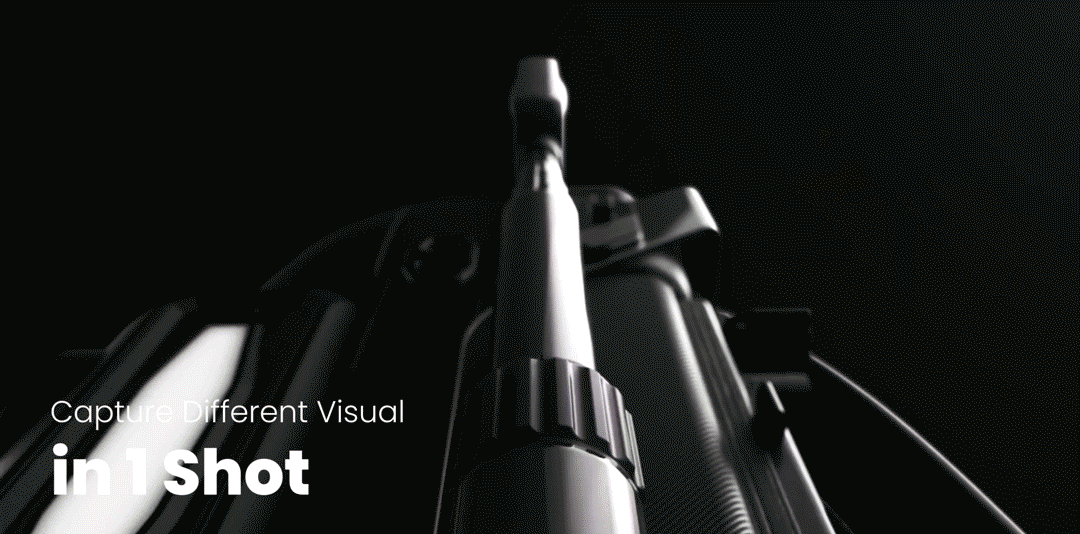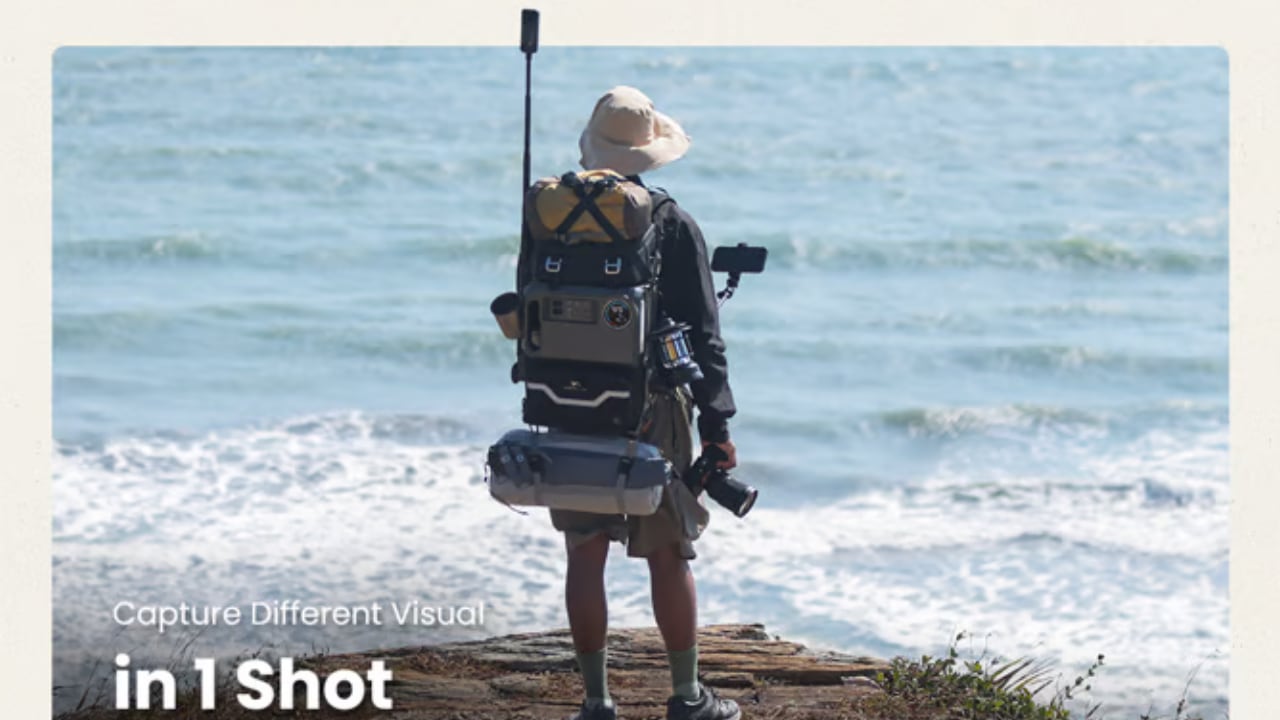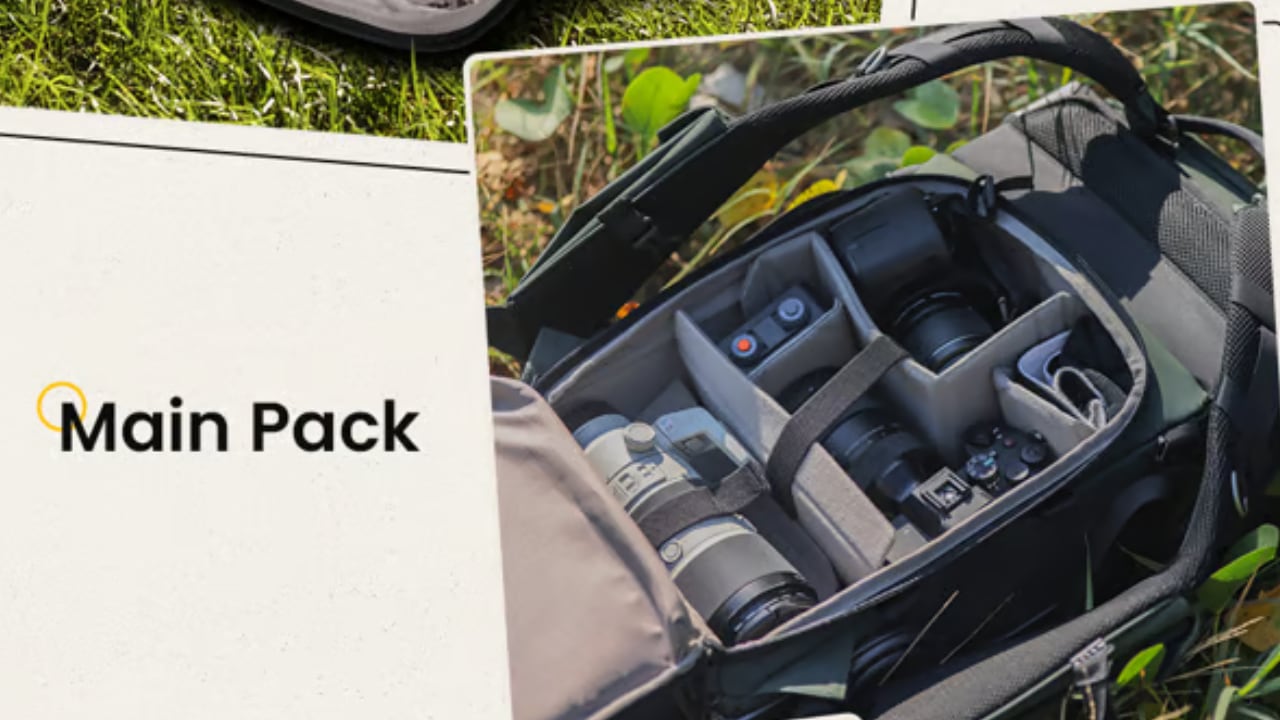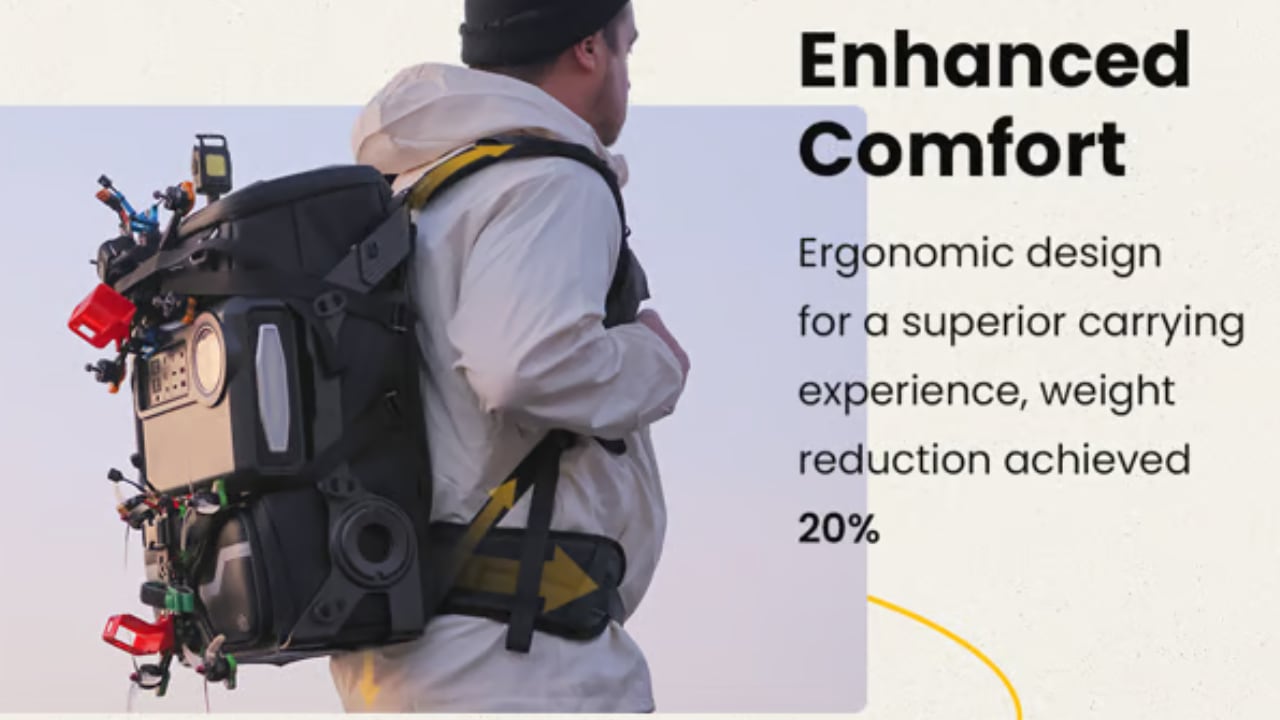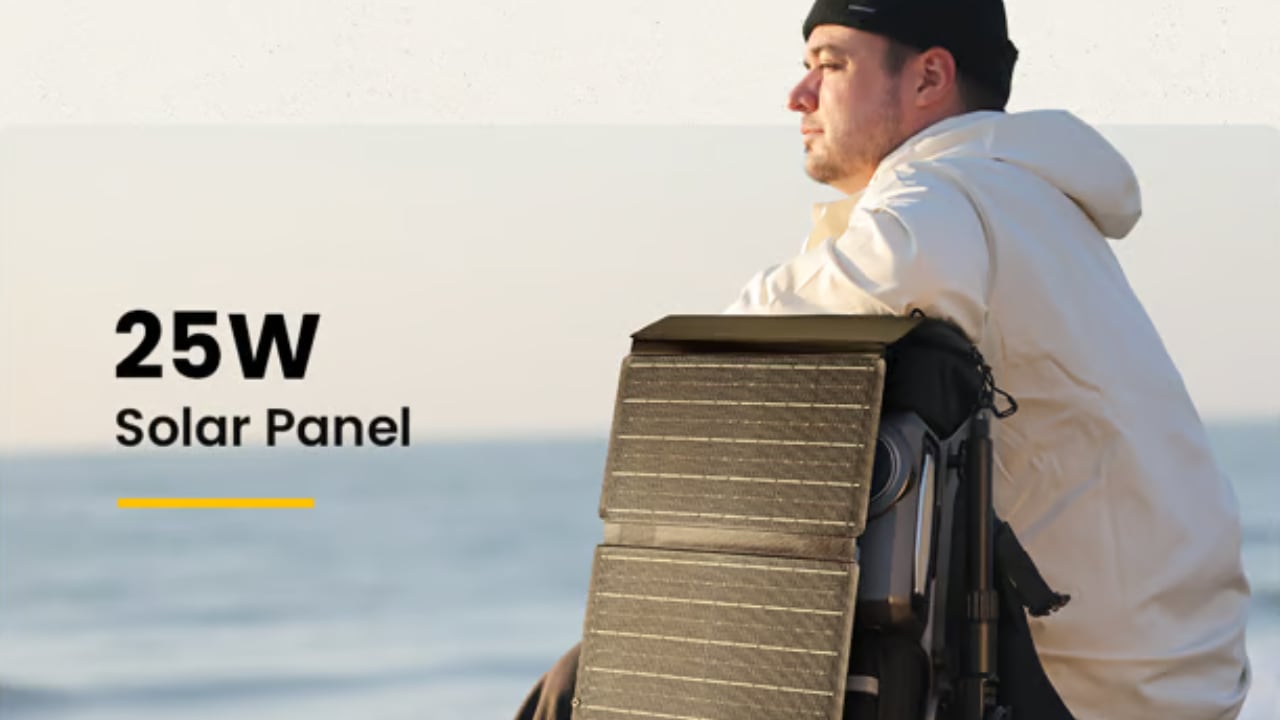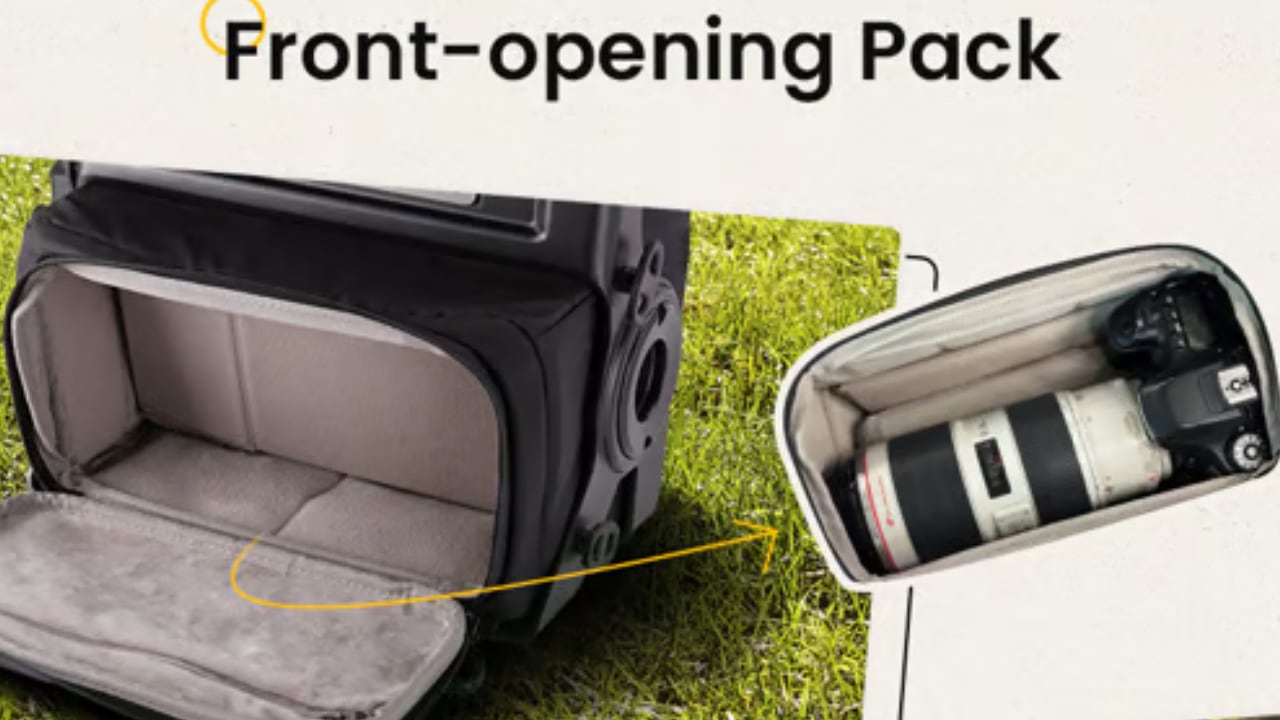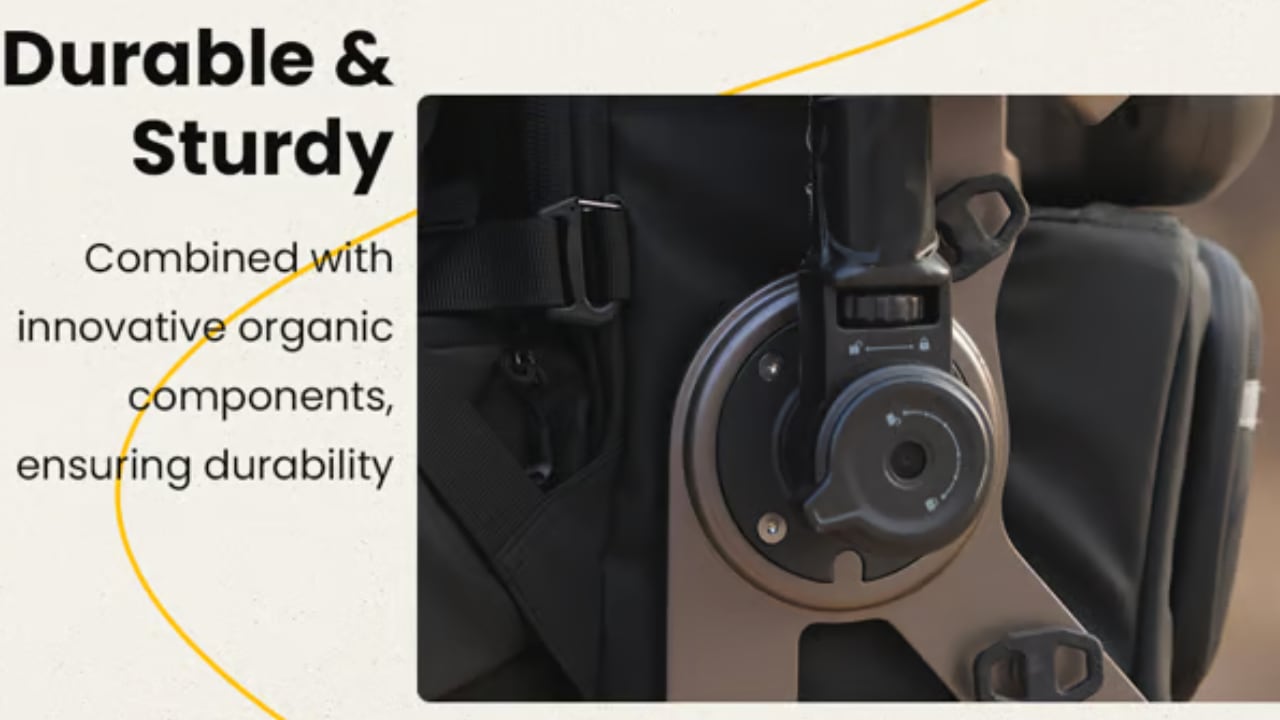The COALAX LANCER 300 has redefined what it means to be a top-tier travel and photography backpack, seamlessly merging state-of-the-art features with meticulous design enhancements to cater to the modern adventurer and photographer. As a self-proclaimed bag enthusiast, my extensive collection ranges across backpacks, messengers, and travel luggage in all sizes, shapes, and colors. Yet, it wasn’t until I came across the LANCER 300 that I truly appreciated what an exoskeleton with a modular design, complemented by dual multi-angle selfie rocker-arms, could offer—a photographer’s dream for capturing moments effortlessly during rugged travels or in the quiet wilderness.
Designer: COALAX
Click Here to Buy Now: $169 $299 ($130 off). Hurry, 118 of 200 left!
From the outset, the LANCER 300 impresses with its robust modular exoskeleton, providing unmatched adaptability and resilience. This allows photographers to tailor the compartments to fit a diverse array of equipment, from cameras and lenses to drones, while outdoor adventurers find its flexibility ideal for stowing varying gear like hydration packs and climbing ropes. The integration of dual multi-angle selfie rocker arms elevates its utility, enabling dynamic self-portraits and breathtaking panoramas without halting the journey. These arms, designed to withstand the elements with their waterproof build, cater to a wide range of devices, ensuring no memorable scene goes uncaptured.
Enhancements in design from recent updates introduce an advanced modular system with increased customization capabilities, allowing even greater precision in configuring storage spaces to fit oversized camera bodies or additional personal gear. An innovative addition is the side flap for quick access to the backpack’s lower segment, which proves invaluable when quick retrieval of equipment is crucial, eliminating the hassle of rummaging through the top layers.
Further developments include a reinforced anti-theft system featuring cut-proof materials and strategically hidden zippers that offer an added layer of security, essential for protecting valuable equipment in high-risk areas. The ergonomic design, too, has seen improvements, with advanced lumbar support and a sophisticated strap adjustment system that enhances comfort and ensures even weight distribution during extended treks.
The bag doesn’t stop there; it incorporates a detachable power station extended by a solar panel, providing a sustainable source of energy to keep devices charged in the most remote locations. The commitment to security is robust, with lockable zippers and discreet compartments providing peace of mind. Practicality is woven into every aspect of its design, from quick-access pockets to dual-access points that allow for the easy retrieval of gear. A newly integrated LED lighting system in the main compartments ensures visibility in low-light conditions, proving indispensable for early morning or late evening shoots.
Constructed from eco-friendly materials, the brand’s commitment to sustainability is clear. It reduces environmental impact while ensuring durability for continuous, rugged use. A built-in weather cover quickly deploys to protect against sudden downpours or dusty trails, securing the backpack’s contents and providing reliability regardless of external conditions.
With each iteration, the LANCER 300 backpack adapts to meet its users’ challenging demands, integrating the latest technology and materials to deliver a more effective, secure, and comfortable experience. It stands as a sophisticated solution for anyone serious about their outdoor and photographic endeavors, blending advanced technology with thoughtful design to create a backpack that is as versatile as it is vital for the modern explorer.
Click Here to Buy Now: $169 $299 ($130 off). Hurry, 118 of 200 left!
The post Transforming Field Photography with The Ultimate Modular Backpack first appeared on Yanko Design.
